Orthodontics and Mandibular Orthognathic Surgery
Maschinenübersetzung
Der Originalartikel ist in ES Sprache (Link zum Lesen) geschrieben.
Clinical case
The 20-year-old patient came to the orthodontic center concerned about the mobility of a temporary tooth, the overbite, and the deviation of the lower midline, following a previous orthodontic treatment.
A thorough diagnosis of the bone and dental problem was carried out in three spatial planes, as well as the periodontal and joint health, after which the different treatment plans were explained along with their respective advantages and disadvantages. Since the collaboration of the maxillofacial surgeon was essential in one of them, the patient was referred to the maxillofacial surgery consultation where she was informed about the potential benefits and side effects of the combined treatment.
Anamnesis:
- Name: E.C.
- Age: 20 years and 8 months.
- Medical history: Not significant.
- Reason for consultation: Mobility of a temporary tooth, overbite, and deviation of the lower midline.
Diagnosis
1. Extraoral analysis:
Lower third slightly smaller than the middle third.
Proper exposure of incisors at rest and smile.
Asymmetrical smile due to insufficient elevation of the left commissure.
Convex profile.
Lower retroclination.
Chin slightly retrognathic.
Marked mentolabial angle.
2. Radiographic analysis:
2.1. Panoramic radiograph:
- Permanent dentition.
- Right condyle smaller than the left.
- Agenesis of 45.
- Absence of: 18, 14, 24, 28, 35, and 48.
2.2. Lateral cephalometric radiograph and cephalometric tracing:
- Mesofacial.
- Class II skeletal due to mandibular cause.
- Incisors correctly positioned relative to their bony bases.
3. Intraoral analysis:
- Deviation of the lower midline to the left by 1.5 mm due to lower dental causes (asymmetric lower arch as a result of previous orthodontic treatment that involved asymmetric dental extractions in the lower arch, maintaining the 85 despite the agenesis).
- Crossbite of 46-16 and 17 due to lower dental causes (excess corono-buccal torsion of 46 and positioning outside the arch line).
- Overjet: 5 mm.
- Right side: Class II complete molar and Class I canine.
- Left side: Class II molar and complete Class II canine.
- Overbite: 4.5 mm.
- Presence of calculus on the lingual side of the lower anterior sector.
Initial study

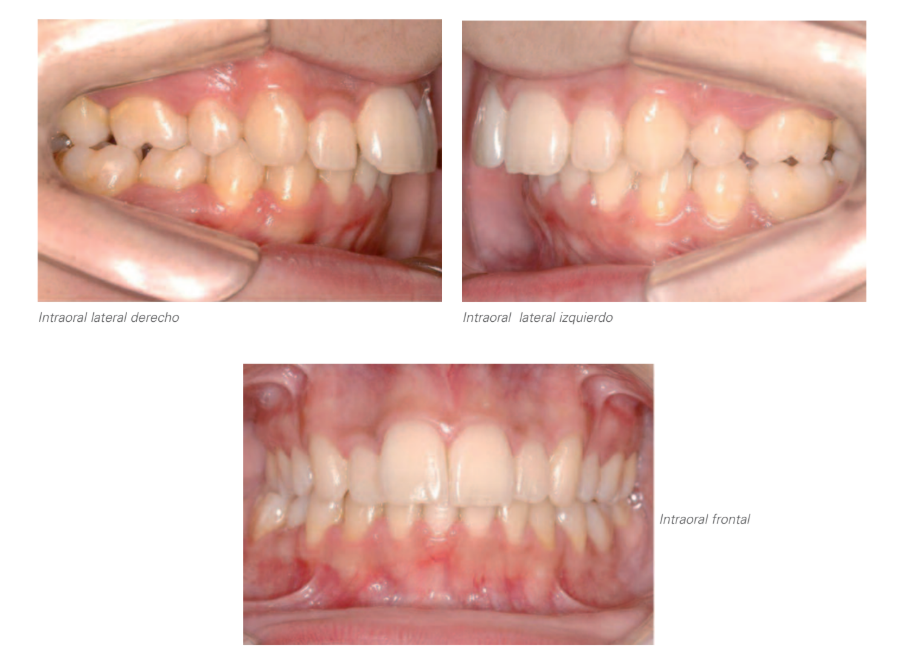

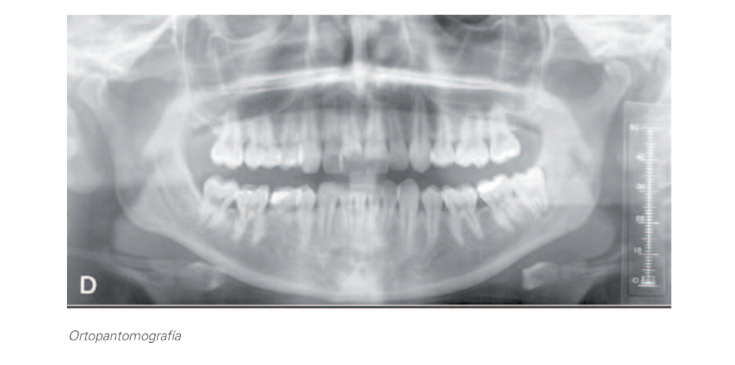
Treatment plan
The first step before starting treatment planning is to determine the treatment objectives for each specific case, focusing on each of the areas that may potentially be affected by the proposed treatment. These objectives serve as a reference framework for both the patient and the various professionals, as well as a critical element for evaluating the results obtained at the conclusion of the treatment. These objectives are:
- Facial aesthetics.
- Dental aesthetics.
- Functional occlusion.
- Periodontal health.
- Stability.
Satisfaction with the patient's reason for consultation. Based on this, 2 treatment options were evaluated:
Option A: Treatment only with orthodontics
- Scaling.
- Reopening the space between the lower left canine and the lower left first premolar, with the aim of correcting the overjet, the left canine class II, achieving symmetry in the lower arch, and centering the dental midlines.
- Extraction of the lower right second temporary molar and closure of the space until obtaining a size identical to that generated on the contralateral side.
- Correction of the right posterior crossbite, improving the torque of the 46 and bringing it to its place in the dental arch.
- Ultimately, it would be necessary to rehabilitate the spaces of the third and fourth quadrants.
- In terms of the possible impact related to the previously mentioned treatment objectives, the potential deleterious effect on periodontal health was evaluated due to the need to excessively protrude the lower incisors and the eventuality of forcing them too much regarding the vestibular cortex, as well as regarding facial aesthetics by accentuating the mentolabial angle. Additionally, the low level of predictability regarding the achievement of occlusal objectives was taken into account, as well as an increased risk of relapse due to the inevitable excessive vestibulization of the lower anterior sector.
Option B: Combined orthodontic and orthognathic surgery treatment
- Tartar removal.
- Extraction of the lower right second temporary molar in order to achieve symmetry in the lower arch, centering the lower dental midline with the upper dental midline and compensating for the skeletal class II.
- Correction of the right posterior crossbite, improving the torque of the 46 and bringing it to its place in the dental arch.
- Extraction of the 38.
- Subsequently, orthognathic surgery for mandibular advancement would be performed to harmonize the patient's facial aesthetics and achieve an adequate degree of overjet and overbite, as well as a class I canine and complete bilateral class II molar.
- Ultimately, the settling and finishing phase would be carried out until all treatment objectives at the occlusal level are met.
- This option would meet all treatment objectives.
The patient preferred to opt for option B, primarily motivated by the higher degree of compliance regarding the treatment objectives set.
Preoperative study


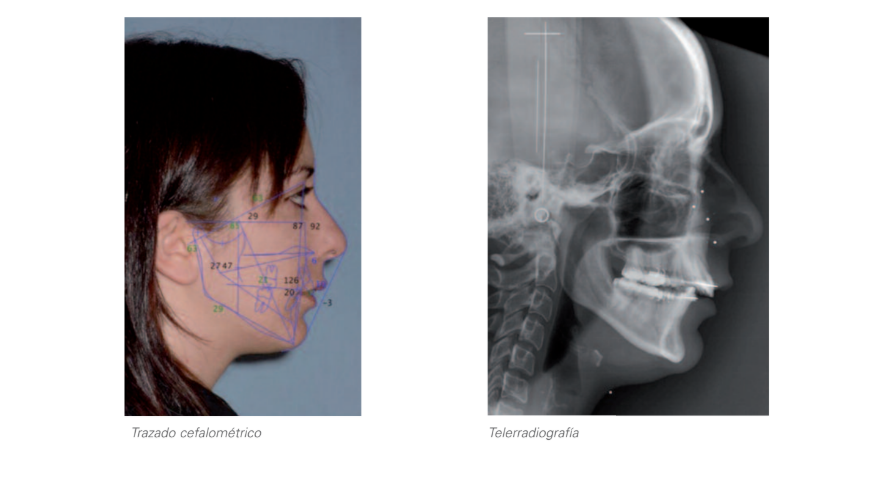

Surgery
Under general anesthesia, a nasotracheal intubation was performed. A sagittal mandibular osteotomy Obwegesser-Dalpont-Epker was carried out, which was extended to distal of the 2nd premolar to achieve a good contact surface.
The distal fragment was extensively released to achieve a tension-free advancement. A splint was placed where we had planned to fix the osteotomy.
The fractures were fixed with 2mm miniplates and class II bicortical screws after verifying the passive adaptation of the splint.
The patient was extubated in the operating room and discharged 24 hours later.
Final Study

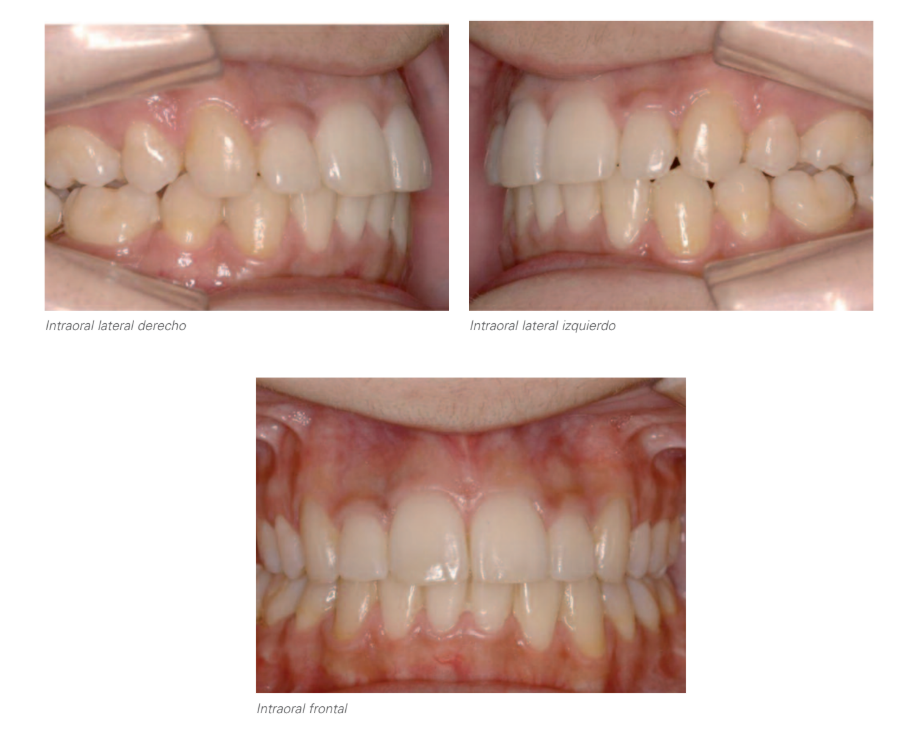
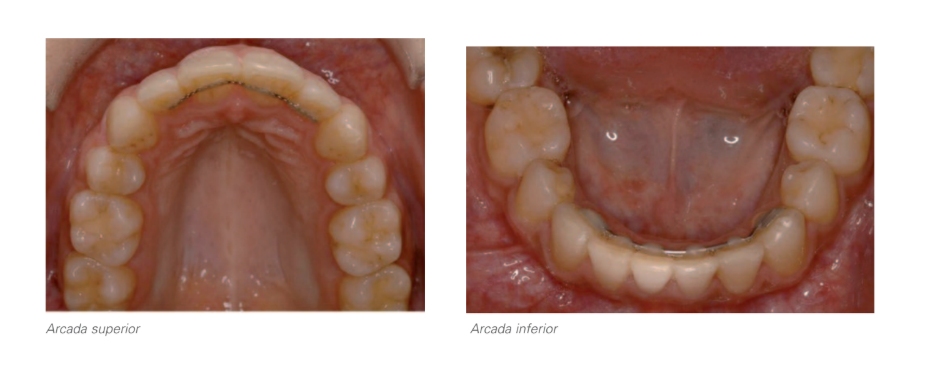

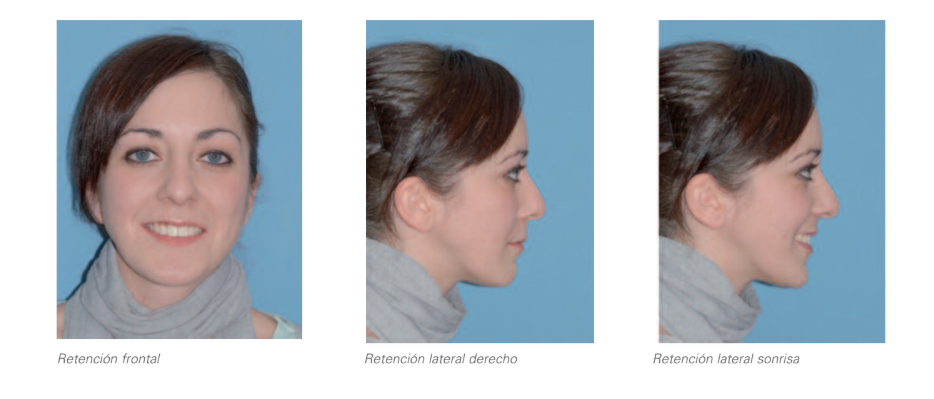
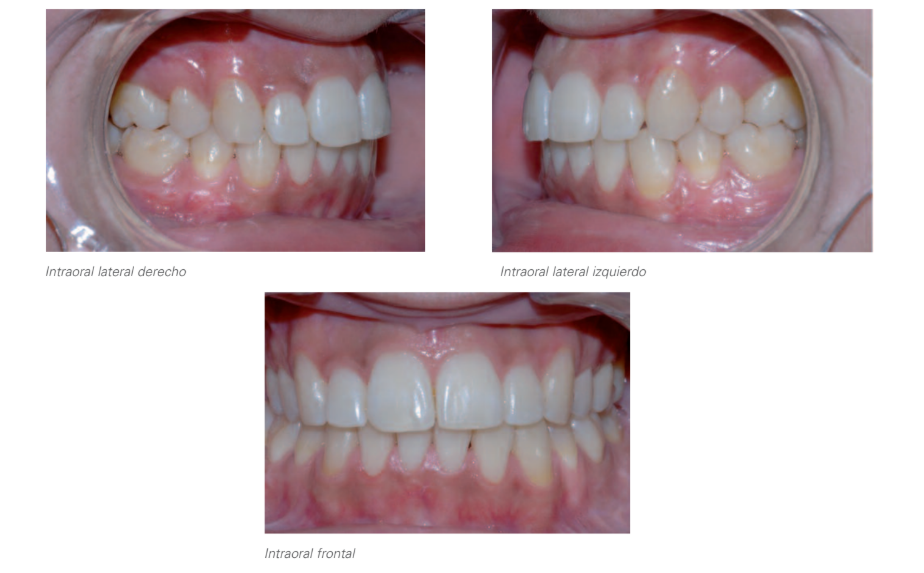
Discussion
Class II is the most common malocclusion in orthodontics and also the one most frequently treated by maxillofacial surgeons. It is estimated that about 5% of Caucasians are susceptible to mandibular advancement. Usually, Class II is not a pure sagittal problem, but is associated with a vertical problem, the most common being maxillary vertical excess with or without open bite. Mandibular advancement is performed using sagittal ramus osteotomy. In cases of monomaxillary mandibular surgery, the size of the overjet determines the magnitude of the mandibular advancement, and it is therefore critical that the orthodontist creates the necessary overjet by eliminating the dental-alveolar compensations as well. In those cases where required, a mentoplasty is used to achieve the appropriate aesthetic result. Mandibular advancements are predictable with a small percentage of relapse if performed satisfactorily.
Pre-surgical comparison/final situation

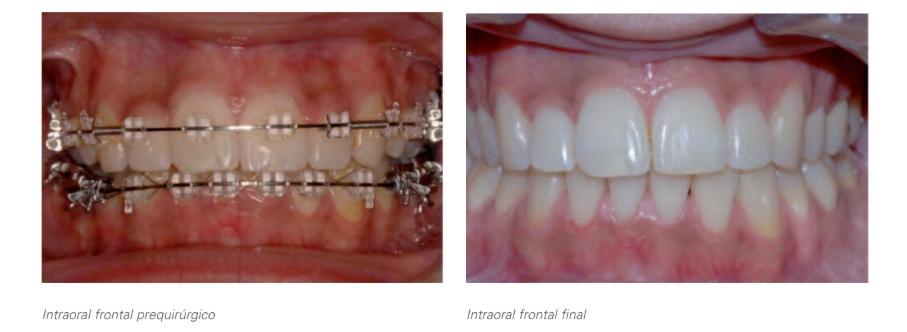
Javier Prieto Serrano, César Colmenero Ruiz, Fe Serrano Madrigal, Teresa Martínez Iturriaga
Bibliography
- Epker BN. Modifications in the sagittal osteotomy of the mandible J. Oral Surg. 1977 35-157-159.
- Obwegsseer H. Procedures on the upper jaw for the correction of prognathism. Zahnheilk 1965; 75: 356.
